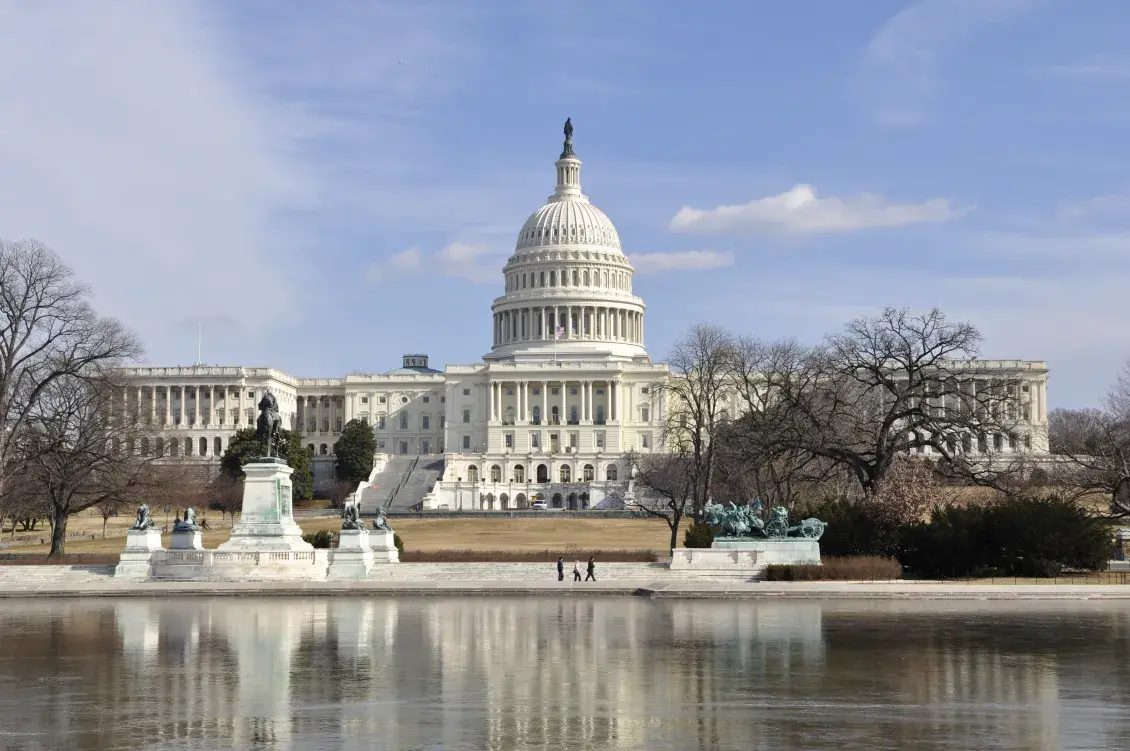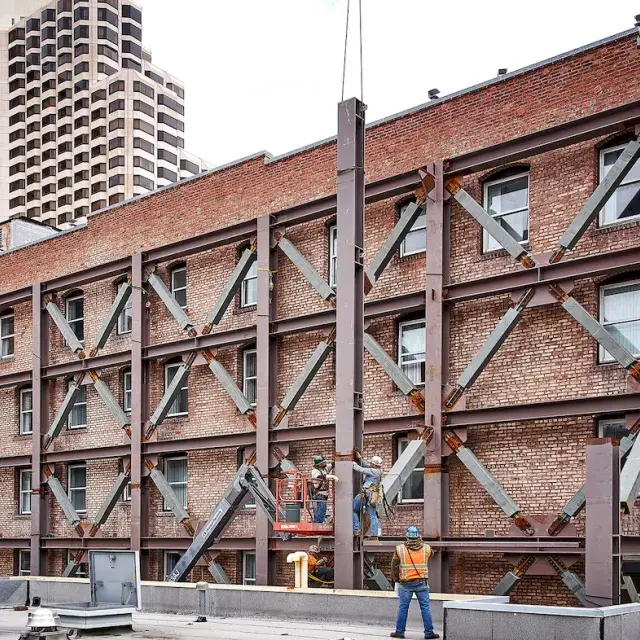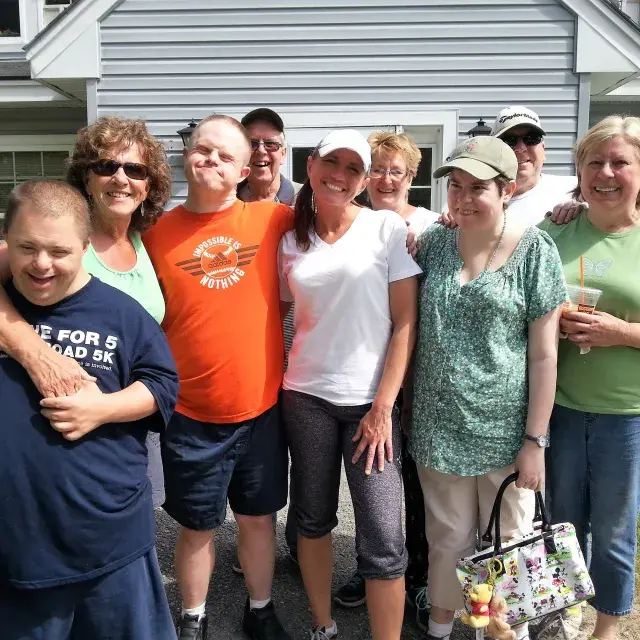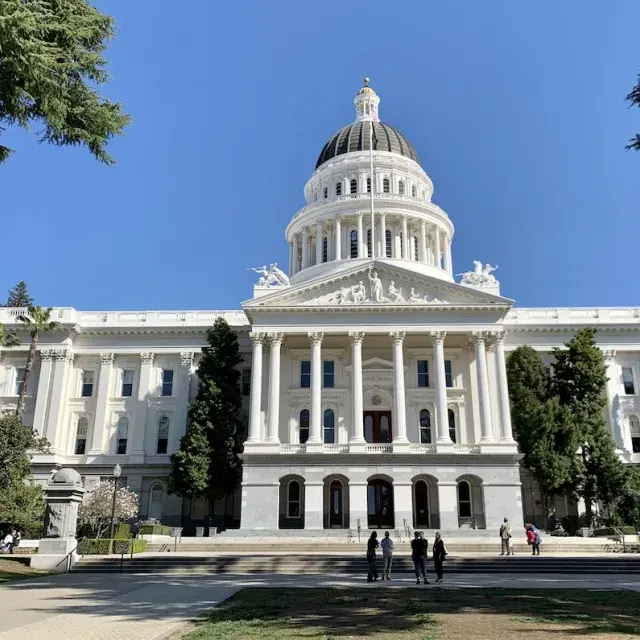President Biden has released his request for the fiscal year 2025 (FY25) budget, signaling the administration’s priorities and providing a jumping off point for the congressional appropriations process for FY25. Despite the spending cap constraints from the Fiscal Responsibility Act of 2023, the president’s budget request proposes nearly level funding for many affordable housing and community development programs, in addition to making historic investments on the mandatory spending side.
The budget request, while not legally binding, builds on the administration’s recent announcement of new actions to strengthen housing supply and lower housing costs and follows the release of the Treasury’s 2024 Housing Agenda.
Prior to the release of the FY25 budget, President Biden held his third State of the Union address where he called on Congress to support and pass the Administration’s plan to lower housing costs for households across the United States and address the nation’s shortage of affordable housing. The plan includes several of Enterprise’s policy priorities, including expanding the Low-Income Housing Tax Credit (Housing Credit) and Housing Choice Voucher (HCV) programs. “President Biden is showing true leadership in addressing the scale and scope of our country’s affordable housing crisis,” said Enterprise's CEO and President Shaun Donovan, in a statement made ahead of the address.
Here’s an overview of the administration’s housing, homelessness, and community development proposals:
U.S. Department of Housing and Urban Development (HUD)
Overall, the request calls for HUD to be funded at $72.6 billion, a $2.5 billion increase from FY24 enacted levels. Some highlights include:
- $32.8 billion for the HCV program, a slight increase of $369 million (1%) over FY24. The amounts proposed in the President’s Budget would also provide 20,000 new vouchers. Also included are legislative proposals to improve utilization and ease administrative burdens for tenants and housing providers, specifically:
- Expanding eligible uses of Housing Assistance Payments (HAP) to include leasing-related expenses such as security and utility deposits; and
- Allowing PHAs to conduct pre-qualifying inspections for units not actively linked to voucher holders.
- $16.7 billion for Project-Based Rental Assistance, $676 million (4%) more than FY24 enacted levels.
- $8.5 billion for the Public Housing Fund, which is $270 below FY24 enacted levels. This amount includes $5.05 billion for the operating fund, a decrease of $425 million (8%), and $3.2 billion for the capital fund formula, which is level with FY24 enacted. The full $8.5 billion also includes resources for emergency capital needs, funding to address lead-based hazards and other priorities.
- $2.93 billion for the Community Development Fund (CDF), of which $2.9 billion is for the Community Development Block Grant (CDBG) program. This is a decrease of $400 million (12%) below FY24 enacted. This amount includes a set aside of $100 million for the “Yes in My Backyard” Grant program, which was a separate line item under CDF in FY24.
- $4.06 billion for Homeless Assistance Grants, $9 million (.2%) increase above FY24 enacted.
- $1.25 billion for the HOME Investment Partnership Program, level with FY24. This also includes $50 million for a down payment assistance program targeted to support first-generation, first-time homebuyers.
- $1.053 billion for Native American Programs, a $291 million decrease (22%) below FY24 enacted. This includes $820 million for the Native American Housing Block Grant (formula), a $291 million (26%) decrease from FY24 enacted.
- $931 million for Section 202 Housing for the Elderly, an increase of $18.4 million (2%) from FY24 enacted.
- $256 million for Section 811 Housing for People with Disabilities, an increase of $48.7 million from FY24 enacted.
- $185 million for the Choice Neighborhoods program, $165 million below FY23.
- $125 million for Family Self-Sufficiency (FSS), a $15.5 million (11%) decrease compared to FY24.
- $40.7 million for the Section 4 Capacity Building program, a decrease of $1.3 million (3%) from FY24.
- The President’s budget request does not include funding for the Preservation and Reinvestment Initiative for Community Enhancement (PRICE) program, a competitive grant program for housing residents and communities to preserve and revitalize manufactured housing and eligible manufactured housing communities. $10 million was provided in FY24.
U.S. Department of Treasury
The budget request provides $325 million for the Community Development Financial Institutions (CDFI) Fund. This is about a $1 million (.3%) increase from FY23 enacted. Congress has not yet passed the FY24 Financial Services and General Government spending bill, which includes funding for Treasury programs.
In addition, the Administration proposes a significant expansion of the Housing Credit through the creation of a Neighborhood Homes Tax Credit (NHTC) and making the New Markets Tax Credit (NMTC) permanent (more below).
U.S. Department of Agriculture (USDA)
The president’s FY25 budget request includes $31.6 billion in discretionary funding for USDA, a $5.7 billion or 20% increase from the FY24 enacted levels. Some highlights for rural housing service programs include:
- $1.728 billion for Section 521 Rental Assistance, $120 million (7%) above FY24 enacted.
- $1.25 billion for the Section 502 Single Family Housing Guaranteed Loan Program, $370 million (42%) above FY24 enacted. This amount includes $7.5 million for the 502 Direct Tribal Relending Pilot, $2.5 million above FY24 enacted.
- $400 million for the USDA Section 538 guaranteed loans to preserve and rehabilitate USDA rental housing, level with FY24 enacted.
- $70 million for the Section 515 Rural Rental Housing program, $10 million (17%) above FY24 enacted.
- $21.6 million for the Multi-family Housing Preservation and Revitalization Program, $12 million (36%) below FY24 enacted.
Mandatory Funding
In addition to the strong funding for annually appropriated spending accounts, the president also included an additional $81.3 billion in mandatory funding through HUD as a part of his initiative to increase the housing supply and affordability, and eviction prevention reform efforts. This funding proposal includes:
- $22 billion in housing vouchers for vulnerable low-income populations (This includes $9 billion to make housing vouchers available to the approximately 20,000 youth who exit foster care annually as well as $13 billion to make housing vouchers available to all veterans with extremely low incomes.)
- $15 billion for an Extremely Low-Income (ELI) housing subsidy. This amount includes $7.5 billion for new Project-Rental Assistance contracts for ELI households and $7.5 billion to address capital needs in public housing.
- $20 billion in flexible grants to states, communities, tribes, and other entities for locally-driven, innovative plans to expand housing supply, lower rental costs, and promote homeownership.
- $10 billion for a first-generation down payment assistance program, which will be targeted to first-time homebuyers whose parents do not own a home and are at or below 120 percent of area median income (AMI) or 140 percent of the AMI in high-cost areas.
- $8 billion in competitive grants to States, cities, and counties to expand temporary and permanent housing strategies for people experiencing or at risk of homelessness.
- $3 billion in grants for state, local, tribal, and territorial governments to reform eviction policies and programs.
- $3 billion in emergency rental assistance for older adults at risk of homelessness.
Tax Priorities
Treasury’s “Green Book,” which demarcates the revenue-raising or tax-related provisions in the budget request, includes almost $37 billion in new Housing Credits over the next decade. It proposes to permanently increase the allocation of credits each state receives annually, from $2.90 per person per state (with a minimum of $3.36 million for small states) to $4.37 per person per state (with a minimum of almost $5.04 million for small states). In 2026, the annual allocation would increase to $4.99 per person per state (with a minimum of over $5.75 million for small states). Future allocations will be indexed to inflation, as under current law.
The budget request also proposes reducing the 50% Private Activity Bond (PAB) test to 25%, which would effectively double the allowable funding from bonds states can use to build Housing Credit properties and would close the Qualified Contract (QC) and Right of First Refusal (ROFR) loopholes in federal law that threaten the affordability of existing Housing Credit properties.
In addition to the Housing Credit provisions, the proposal also includes Enterprise’s priorities in making the NMTC permanent by allocating $5 billion annually and inclusion of provisions of the Neighborhood Homes Investment Act through the creation of the NHTC. The proposal includes almost $19 billion over ten years for the proposed NHTC. The NHTC aims to close the “value gap” between the cost of building or renovating a home and the market-rate price at which it can be sold to low- and middle-income homebuyers. The proposal would provide low- and middle-income households with more equitable opportunities for homeownership and upward economic mobility. The NHTC is modeled after the Housing Credit.
Climate Resilience and Disaster Preparedness
The president’s budget request proposes allocating $407 million through HUD for direct housing improvements through climate resiliency and utility efficiency. Specifically, the budget includes:
- $150 million for the Indian Housing Block Grant competitive program, which would allow HUD to prioritize projects that further climate resilience and increase water and energy efficiency.
- $140 million for the Choice Neighborhoods program.
- $112 million for the Rental Assistance Demonstration (RAD) program.
- $5 million for the Office of Policy Development and Research to fund research on housing, climate adaptation and resilience.
A full breakdown of the affordable housing and community development spending levels can be found in our Fiscal Year 2025 Budget Request and Appropriations Chart. Enterprise will continue our work in the 118th Congress, engaging with lawmakers, the Administration, and our partners to advocate for these important programs.
To stay up to date on FY24 and as the FY25 Appropriations process gets underway, subscribe to our daily Today in Housing newsletter and bi-weekly Capitol Express newsletter.



